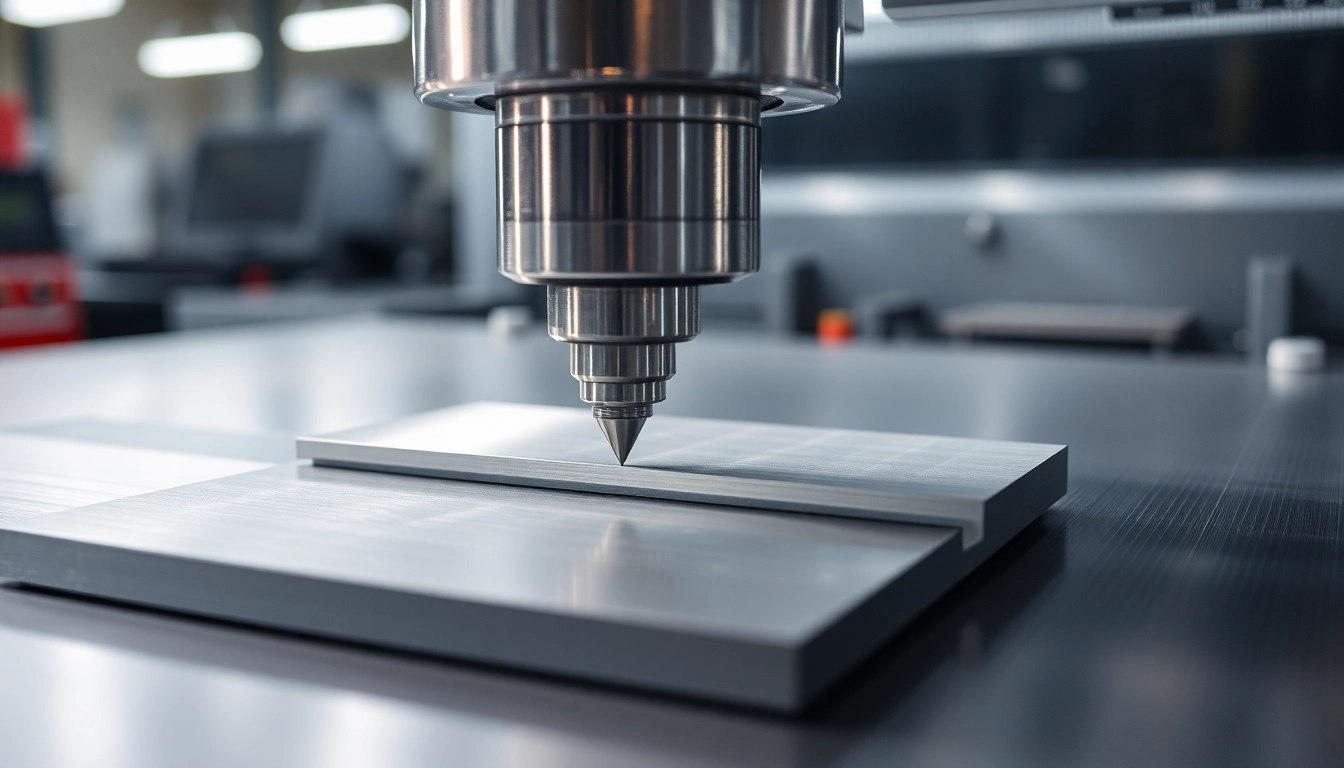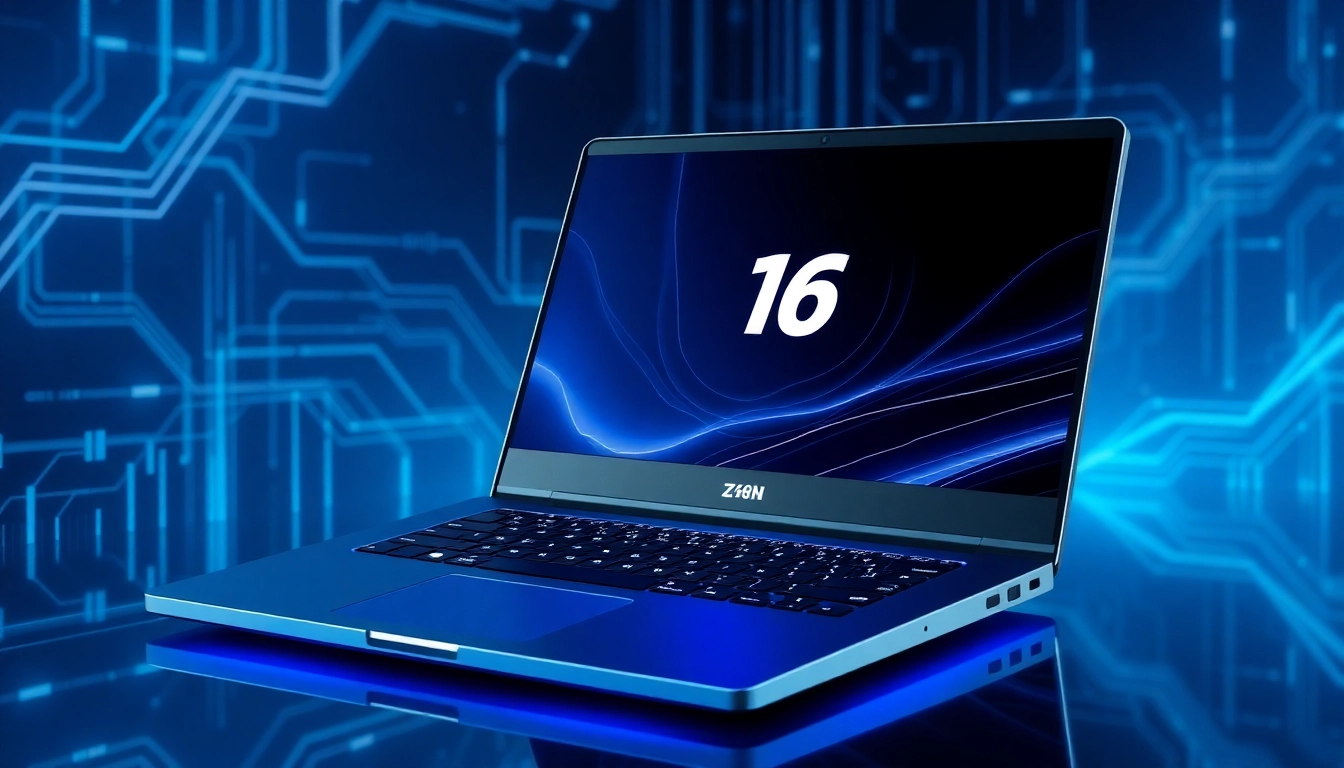Understanding Mining Rigs: The Foundation of Cryptocurrency Mining
Cryptocurrency mining has revolutionized the way digital assets are validated, secured, and circulated within blockchain networks. At the heart of this process lie specialized hardware setups known as mining rig. These complex systems are designed to perform the intensive computational work required to verify transactions and create new coins, making them an indispensable tool for miners worldwide. Whether you’re a novice exploring the world of cryptocurrencies or an experienced investor looking to optimize your operations, understanding the fundamentals of mining rigs is crucial. This comprehensive guide delves into what mining rigs are, how they operate, the various types available, and the best practices for building and optimizing your own setup for maximum profitability.
What Is a Mining Rig and How Does It Work?
A mining rig is a specialized computer system configured specifically for the purpose of cryptocurrency mining. Unlike conventional PCs, mining rigs are optimized for high-throughput cryptographic calculations that validate transactions on blockchain networks. These systems use hardware such as Graphics Processing Units (GPUs), Application-Specific Integrated Circuits (ASICs), or a combination thereof to solve complex mathematical problems that underpin digital currencies like Bitcoin, Ethereum, and many others.
The core principle behind a mining rig’s operation involves solving cryptographic puzzles known as proof-of-work. Miners compete to find a hash value that meets the network’s difficulty target. The first to do so earns the right to add the new block to the blockchain and receives a reward in the form of cryptocurrency. As these cryptographic challenges become more difficult, the hardware used in rigs must be more powerful and efficient to stay competitive.
To put it simply, a mining rig performs repetitive, high-speed calculations—hashing data and verifying blocks—that secure the operation of the blockchain and validate transactions. The more powerful the equipment, the higher the chance of successfully mining a block and earning rewards. This process is energy-intensive, which is why efficient hardware and optimal setup configurations are critical for profitability.
Types of Mining Rigs: GPU vs. ASIC Equipment
GPU Mining Rigs
Graphics Processing Units (GPUs) are versatile hardware components initially designed for rendering computer graphics but have proven highly effective for cryptocurrency mining. GPU mining rigs are popular among hobbyists and miners who prioritize flexibility, as GPUs can mine various cryptocurrencies and be repurposed for other tasks when not in use. Building a GPU rig involves assembling multiple high-performance graphics cards connected to a motherboard with sufficient PCIe slots, a powerful power supply, and effective cooling solutions.
The main advantages of GPU rigs include their adaptability, ability to mine many coins, and relatively lower initial cost compared to ASICs. However, they tend to consume more power and generate more heat, requiring efficient cooling and energy management systems.
ASIC Mining Rigs
Application-Specific Integrated Circuits (ASICs) are purpose-built chips designed explicitly for cryptocurrency mining. They offer significantly higher hash rates and energy efficiency compared to GPUs, making them the hardware of choice for large-scale operations. ASIC miners are compact devices that perform a specific algorithm—such as SHA-256 for Bitcoin—with unmatched speed and reliability.
The drawbacks include higher upfront costs, limited flexibility (they typically only mine specific cryptocurrencies), and less ability to adapt to new algorithms or coins. When choosing between GPU and ASIC rigs, miners must consider factors such as initial investment, power consumption, mining goals, and future scalability.
Key Components and Hardware Requirements
Constructing an efficient mining rig requires careful selection of hardware components to ensure optimal performance and durability. The primary components include:
- Graphics Processing Units (GPUs): The heart of GPU rigs, recommended models include AMD Radeon series and Nvidia GeForce series, selected based on their hash rate, power efficiency, and price-to-performance ratio.
- ASIC Miners: Popular options include Bitmain Antminer series, MicroBT WhatsMiner, and other specialized boards designed for specific algorithms.
- Motherboard: Should support multiple GPUs or ASICS with adequate PCIe slots and robust power delivery.
- Power Supply Unit (PSU): High-capacity, reliable PSUs are critical; they must provide stable power with enough wattage to support all hardware components efficiently.
- Cooling Systems: Adequate cooling—via high-performance fans, liquid cooling, or air-conditioned environments—is essential for maintaining hardware longevity and performance stability.
- Storage: SSDs are preferable over HDDs for faster boot times and reliability, especially during frequent updates and configurations.
- Frame and Enclosure: Proper chassis or rig frames facilitate airflow, easy access, and protection of sensitive components.
Additional peripherals such as network interfaces, surge protectors, and monitoring systems complete the setup. Selecting each component based on compatibility, energy efficiency, and scalability will maximize returns and operational stability.
How to Build a Mining Rig: Step-by-Step Process
Selecting the Right GPUs and Other Hardware
Choosing the optimal hardware begins with assessing your budget, mining goals, and electricity costs. For GPU rigs, prioritize models offering good hash rates per watt—like Nvidia’s RTX series or AMD’s RX series—while balancing initial costs. Consider future scalability by selecting a motherboard with multiple PCIe slots and a power supply with sufficient wattage margin. For ASIC miners, research models suited for your target cryptocurrency, evaluating their hash rate, power consumption, and resale value.
Assembling Your Mining Rig: Tips and Best Practices
Assembly involves installing GPUs or ASICs onto the motherboard or specialized boards, connecting them with appropriate risers, and wiring the power supply. Maintain proper airflow by organizing cables neatly and placing fans or cooling systems strategically. Use anti-static precautions to prevent hardware damage. Once assembled, verify connections, ensure all components are recognized by the system BIOS or firmware, and update firmware or drivers as necessary.
Key tips include:
- Start with a test run before full deployment.
- Separate power circuits to prevent overloads.
- Implement strong cable management to facilitate cooling and maintenance.
Configuring Software and Optimizing Performance
After hardware assembly, install mining software compatible with your hardware and chosen cryptocurrency. Popular options include CGMiner, BFGMiner, NiceHash, and proprietary ASIC management tools. Configure mining pools, settings, and overclocking parameters for Maximum efficiency. Conduct monitoring to track hash rates, temperature, and power consumption. Fine-tuning these parameters can result in significant gains in profitability while reducing hardware wear.
Regular software updates, temperature management, and hardware diagnostics help extend the lifespan of the rig and maintain optimal performance.
Maximizing Profitability and Efficiency
Mining Rig Setup for Different Cryptocurrencies
The choice of cryptocurrency dictates the hardware and configuration nuances. For Bitcoin, ASICs dominate due to the SHA-256 algorithm, demanding high hash rates and energy efficiency. Ethereum, on the other hand, currently favors GPU-based mining using the Ethash algorithm. As the digital currency landscape evolves, diversify your hardware to adapt to different coins, or optimize your rig for specific coins based on current profitability data gathered through mining calculators.
Cost Analysis and Electricity Considerations
Profitability hinges heavily on operational costs, primarily electricity. Conduct a thorough cost-benefit analysis by calculating your rig’s power consumption and local electricity rates. Use online calculators to project potential earnings, factoring in hardware efficiency, pool fees, and fluctuating coin values. Consider investing in renewable energy sources or locating your mining rig in areas with low electricity costs to maximize margins.
Monitoring and Maintenance for Longevity
Consistent monitoring of temperature, hash rate, and power use is vital. Use specialized software or remote dashboards to track performance metrics and detect issues early. Routine maintenance includes cleaning dust from hardware, replacing faulty components, and updating firmware. Proper cooling prevents overheating, which can otherwise reduce hardware lifespan. Establishing a maintenance schedule and innovative monitoring practices can significantly extend your rig’s productive life and sustain profitability.
Buying vs. Building a Mining Rig: Pros and Cons
Pre-Built Mining Rigs: When to Consider
Pre-assembled rigs from reputable vendors offer ready-to-mine solutions, ideal for newcomers lacking technical expertise or those seeking quick deployment. Benefits include warranty support, tested hardware, and streamlined setup. However, they may come at a premium cost and limited customization options. If prioritizing convenience, pre-built rigs can be a reliable entry point into mining operations.
Custom Building Your Mining Hardware
Building your rig allows for tailored configurations optimized for specific cryptocurrencies, budget constraints, or scalability plans. It provides flexibility in component selection and potential cost savings. Though it requires technical knowledge and time investment, customization enables higher performance and better ROI in the long run.
Evaluating Return on Investment and Scalability
Assess initial costs, ongoing electricity expenses, and coin market trends to determine break-even points. Scalability is vital; a modular setup permits expansion as profitability or hardware technology improves. Combining insights from detailed profit calculators and market analytics will facilitate strategic decisions on whether to start small or scale up mining operations.
Future Trends in Mining Rigs and Cryptocurrency Mining
Emerging Technologies in Mining Hardware
The industry is witnessing rapid innovation with developments in more energy-efficient ASICs, quantum computing prospects, and integration of artificial intelligence for optimized mining strategies. These advancements promise higher hash rates with lower energy consumption, reducing environmental impact and increasing profitability.
Environmental Impact and Sustainable Mining
Given the substantial electricity consumption of mining rigs, sustainability initiatives are gaining momentum. Innovations include leveraging renewable energy sources, developing more efficient hardware, and adopting environmentally conscious protocols. Governments and organizations are increasingly scrutinizing mining’s ecological footprint, which might influence future regulations and market dynamics.
Legislation and Market Outlook
Regulatory changes will shape mining operations in the coming years. Countries may impose restrictions, tax frameworks, or incentives for sustainable practices. Miners need to stay informed on legal developments, adapt operations accordingly, and incorporate comply-with-environmental standards to ensure continued growth and legitimacy within the financial ecosystem.



